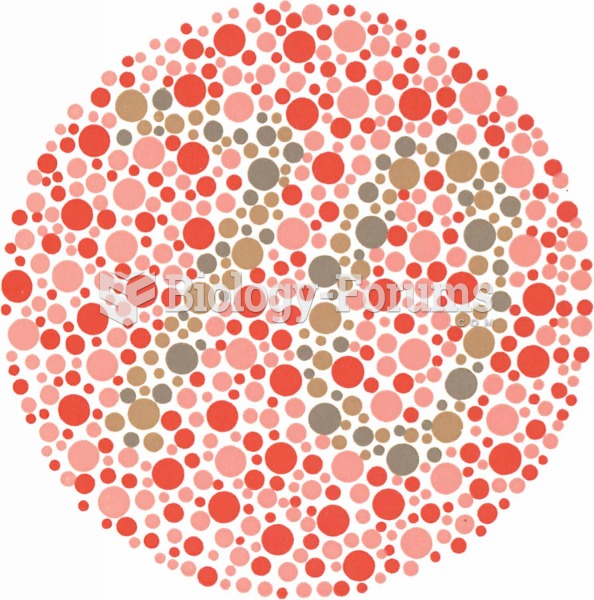Answer to Question 1Young rats can easily be picked up by grasping them around the body just behind the front legs. They may
also be picked up by grasping the tail at the base close to the body and lifting.
When handling older rats, be careful and talk so that they will relax. How the handler approaches the
animal depends a great deal on how tame the animal is. If the animal is not tame, one must go slowly, get its
attention, grasp it by the base of the tail, and lift. If further restraint is needed, the handler should take the
other hand and grasp the animal around the body just behind the front legs and restrict the movement of its
head with the thumb and forefinger.
A rat should never be grasped by the tip of the tail. In an effort to free itself, it will twist and squirm. Its tail
or the skin on the tail can break loose and be pulled off, leaving the tailbone exposed. The rat is very dexterous
and can turn and climb up its tail. Leather gloves should be used if unsure of the situation.
Answer to Question 2Because of mutations and selective breeding, both the black and brown rat can be found in several colors. The
white laboratory rat is a descendant of albino strains.
Rats can have red, black, ruby, and odd-colored eyes. Rats with odd-colored eyes will have one pink eye
and one dark ruby or black eye.
Solid-colored rats may be Cream, Fawn, Blue, Champagne, Chocolate, Lilac, and Mink.
Some may have a single body color, but the coat has more than one color on each hair. These are known as
agouti colored. Common agouti colors are Blue, Chinchilla, Cinnamon, Pearl, and Lynx.
Common marked patterns are hooded rats, which have a white body; a colored hood that covers the head,
chest, and shoulders; and have a stripe from the hood down the back to the tail.
Capped rats are white with a colored cap on the head.
Variegated rats are white but have a colored head and front shoulders, with small and numerous color
splashes on the body.
A Dalmatian rat is white with color splashes over the entire body.
A Masked rat is white with a colored cover or mask across the face and eyes.
Rats with a Berkshire marked pattern are colored above, but have a white belly.
Rats may even have a Rex or curly hair coat and curled whiskers.
All the various colors may also be found in Satin.







